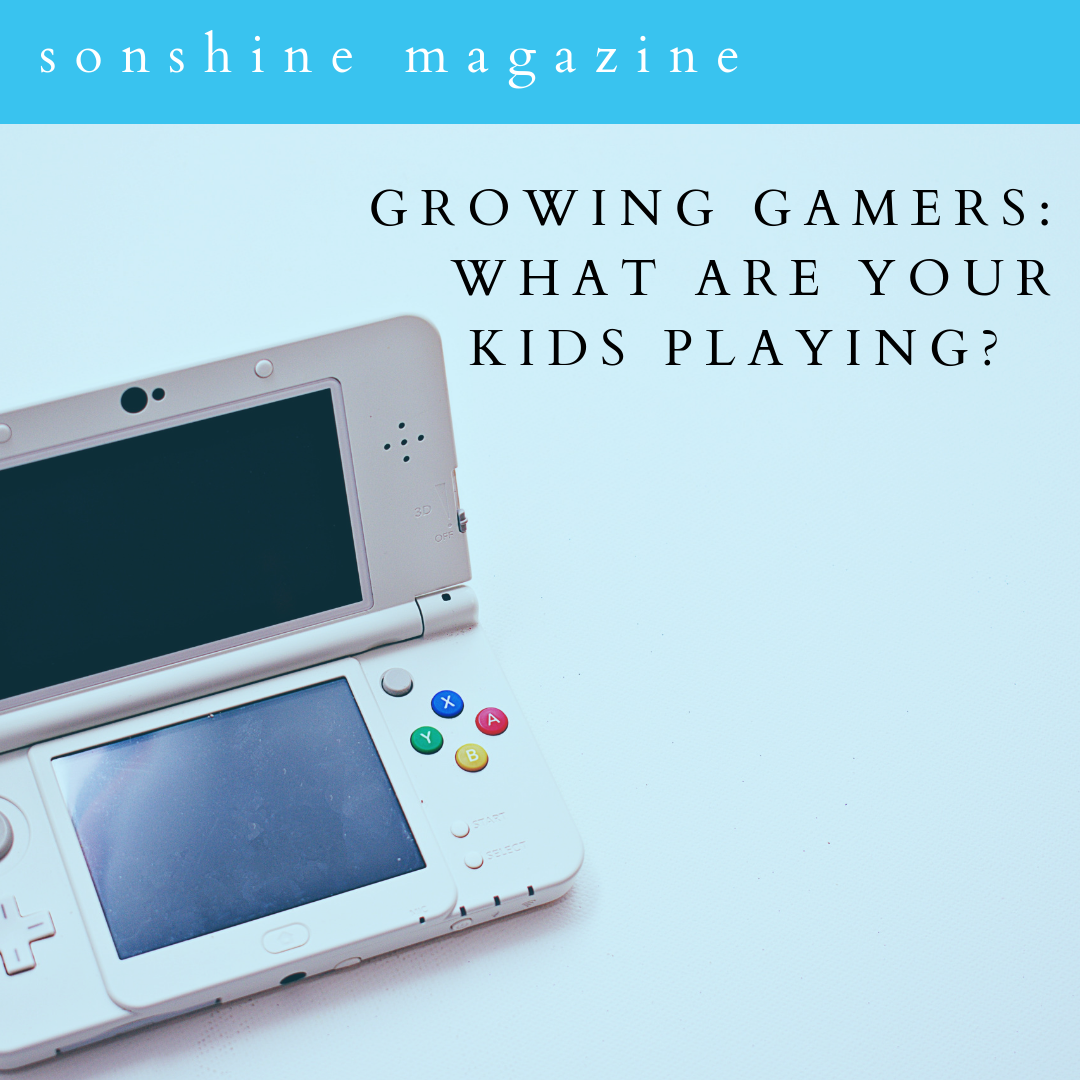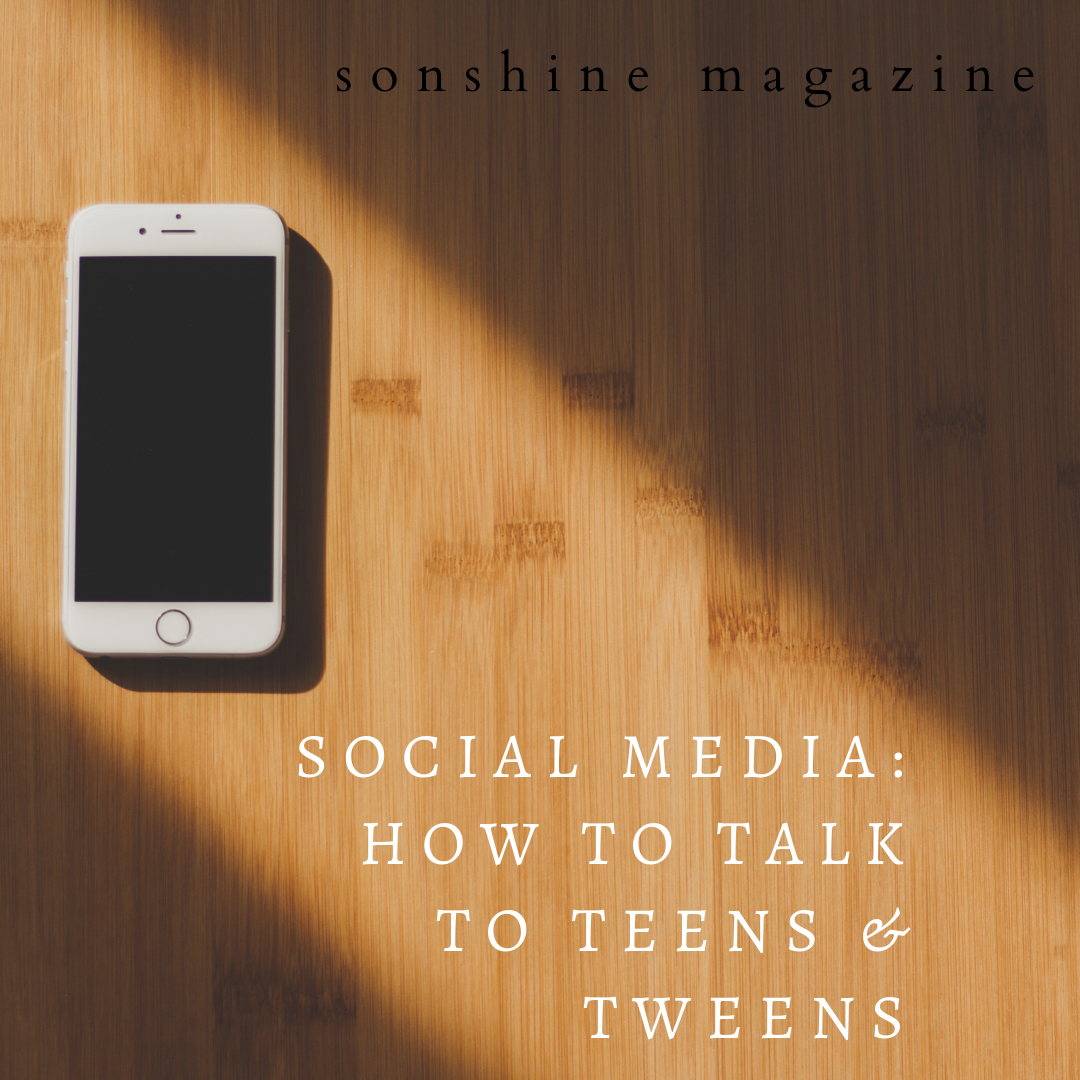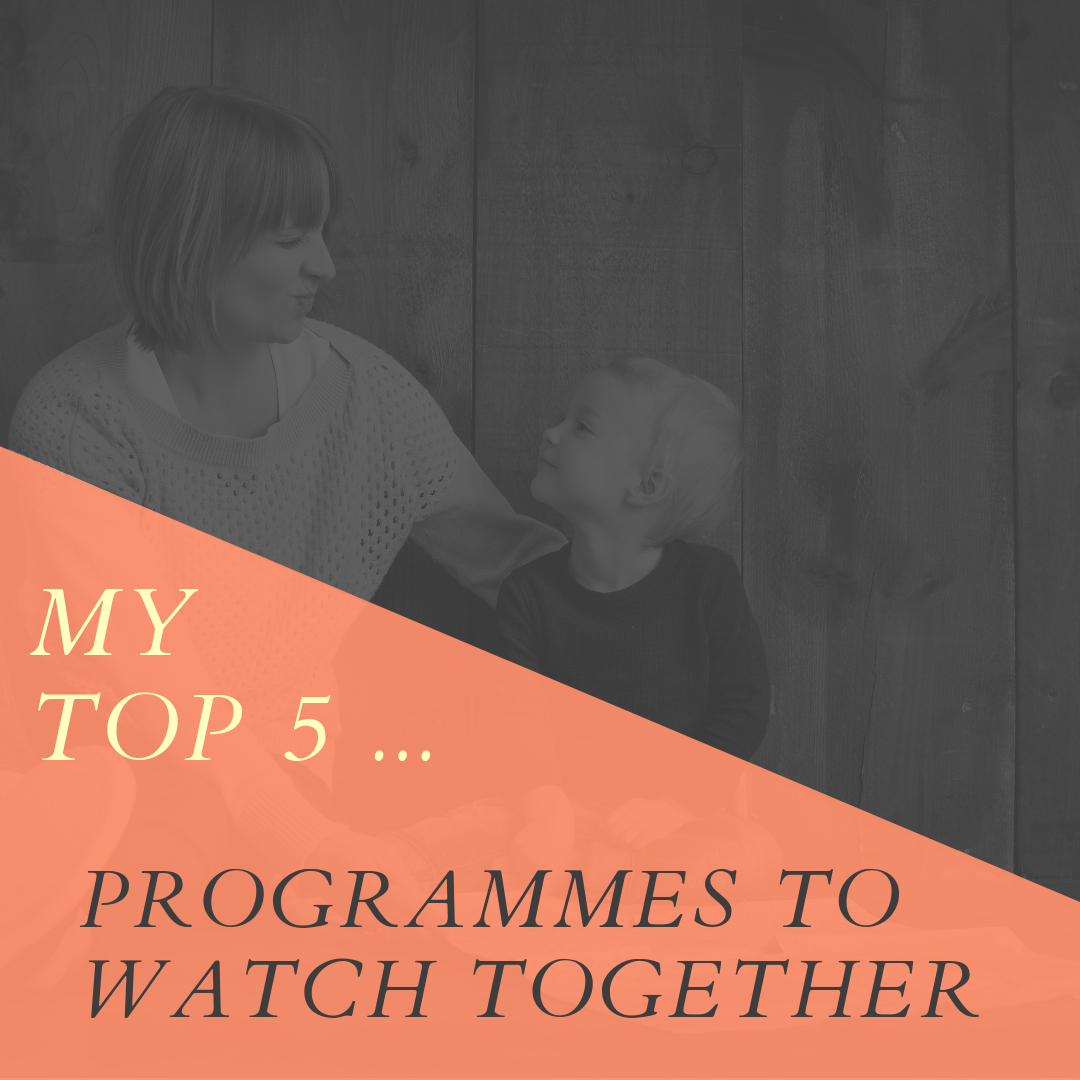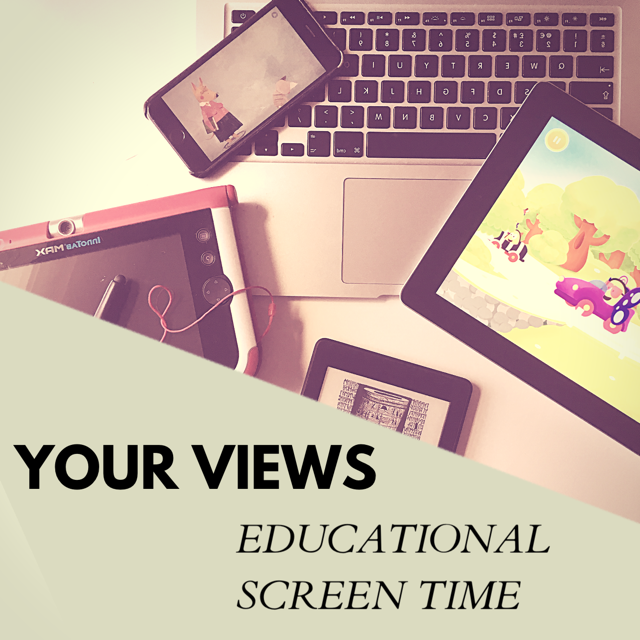What I’ve learnt from Children’s TV
Kirstie Beaven asks why we focus on how long instead of what’s on, and explores what kids’ TV might be teaching our children.
How much, how little, how often? So many things in child-rearing are about measuring things. When the WHO released their guidelines for screen time last month, it seemed screens were no different. Measure the amount of time your kids spend on a screen and limit it accordingly and all will be well. And the limits were small: no screen time under 2, and tight limits after that.
They were set with the explanation that limiting screen time was one of the ways to tackle the global rise in obesity and sedentary lifestyles – as habits start in early childhood, this is the time to shape things. But this is surely a red herring. Plenty of things we regard as beneficial in childhood are essentially sedentary. We don’t tend to see global limits applied to how long we should allow our child to spend reading or drawing, or a maximum time they should be allowed to play board games or jigsaw puzzles.
I‘m surprised that the anxiety we all have around children’s use of screens has become focused on the time it takes rather than the quality of the activity happening on it. Instead of worrying about the the effect of them sitting still in front of a screen, I think we should worry more about the subliminal effect of what’s coming out of those screens. Like the WHO say, habits start in early childhood.
So these are the things I’ve noticed in kids’ TV. The things I worry about when I listen into the allotted hour of screen time. These are the things that can slip by unnoticed, the attitudes, the representations and the interactions they see taking place on the screens. And that often I let them see without unpicking it and countering it…
I should say, I have by no means performed and exhaustive survey of all the content available to our kids. When every single second 500 hours of new video are uploaded to YouTube, and streaming services have every season of a big-budget character franchise show available to watch at your fingertips, there is no way I could even scratch the surface of what is out there. Honestly, I’ve only really watched things in English and skewed heavily to the younger end of programming. Nevertheless, in my completely unscientific and hopelessly biased skim of kids TV I have noticed some trends.
1. Girls are clever
Female characters (with their ubiquitous giant eyelashes, pink bows or purple skirts) are often a capable sort. They fix up the mistakes made by other characters, with their knowledge and technological skill, but they rarely are the lead in any adventuring. This is not the case in programmes that have an all female cast - it’s just mixed casts that tend to leave the girls behind.
2. Boys fight and girls don’t (at least not if there are boys around)
There are countless programmes that show boys and men fighting. Fighting with fantasy weapons, fighting with real weapons, fighting with fists. Sometimes there is one girl in their team of fighters, but as a rule, fighting is for the boys.
3. Girls take the lead, but only in programmes ‘for girls’
Otherwise they take the supporting role (see above). And there can only ever be one of them in any team. Just like there can only ever be one of any ‘diverse’ character.
4. Boys SAVE THE DAY
All the time. Paw Patrol, Blaze, Tree Fu Tom, Bob the Builder, Fireman Sam, Postman Pat etc etc etc. I struggled to think of one which takes place in a real world environment, with a mixed cast where there is a female lead that just saves the day over and over again.
5. Girls aren’t funny
They never get any jokes. Theres a lot of earnest do-gooding, but not so many zany madcap stunts or slapstick or, god forbid, bodily function humour. I have never seen a fart joke associated with a female character in kids TV.
Does this matter? Aren’t they just stories? And isn’t it better than what we had when we were children?
Well, yes it is better. When I was a child, children’s TV was much more male-dominated than it is today. I can’t think of many brilliant female leads (except Marmalade Atkins), and girls were often mothers or irritating sisters. It is great and necessary that we now see the girls being clever, and tech-savvy instead of simply being the ones left behind to make house like Anne in the Famous Five. But they are still overwhelmingly left behind. And it’s less obvious because the roles aren’t as crap as they used to be, but they certainly aren’t equal. Girls need to know they can strike out, be independent, make mistakes, and not just have to mop up after everyone else. And boys need to know there won’t always be someone behind the scenes fixing everything, and that you have to take responsibility for the consequences of your actions. And they also need to know that you can aspire to be caring or thoughtful, not just good at fighting or constant adventuring or getting into trouble. They need to know that aggression is not their only outlet, that as well as a good rough house or wrestle, you can hug a friend or hold hands or find another way to express yourself.
We need TV that shows fearless girls and fearful boys, because everybody feels frightened sometimes. We need shows that have boys talking out their feelings with friends because friendships are important and boys need them as much as girls do. We need to see girls losing their tempers and boys cleaning up and most of all we need to see children playing, thinking, sharing and being together regardless of gender. While there is always just one girl in the team of four, always just one character who’s black or brown, always just one character with a disability our kids will continue to see the norm as the white male. While we still allow that there are girls’ programmes populated only with girls and boys’ programmes that might have a token girl tucked in somewhere, we teach them that they are more different than they really are.
When we measure screens by time and not by content, we think that control is only in duration. But it isn’t. Screens are and will be a large part of our children’s lives, and we all have to learn to manage that for them (and for ourselves). I’m not advocating unlimited screen time, but I do think we have more control than we give ourselves credit for. We think about the books we share with our children, we think about the clothes we dress them in. We make choices every day about the parts of the world we expose them to, how we do that and for how long. And while I know that I let outdated attitudes and stereotypes slip through in TV like in no other medium, because I will let my child watch half an hour of TV so I can cook a meal, or so they can wind down, I also know I can unpick what they’re seeing there in my conversations with them, and in the other things I surround them with. By talking about it with them, with each other, and getting our voices heard by the people making programmes or uploading billions of hours of video to YouTube, it will change. It already has. We do have control over this and we can change it.













Kirstie introduces this issue of Sonshine – all about Screen time… From Disney dreams to Maid Marian, Social media tips to gaming for inclusion, we’ve got it all.